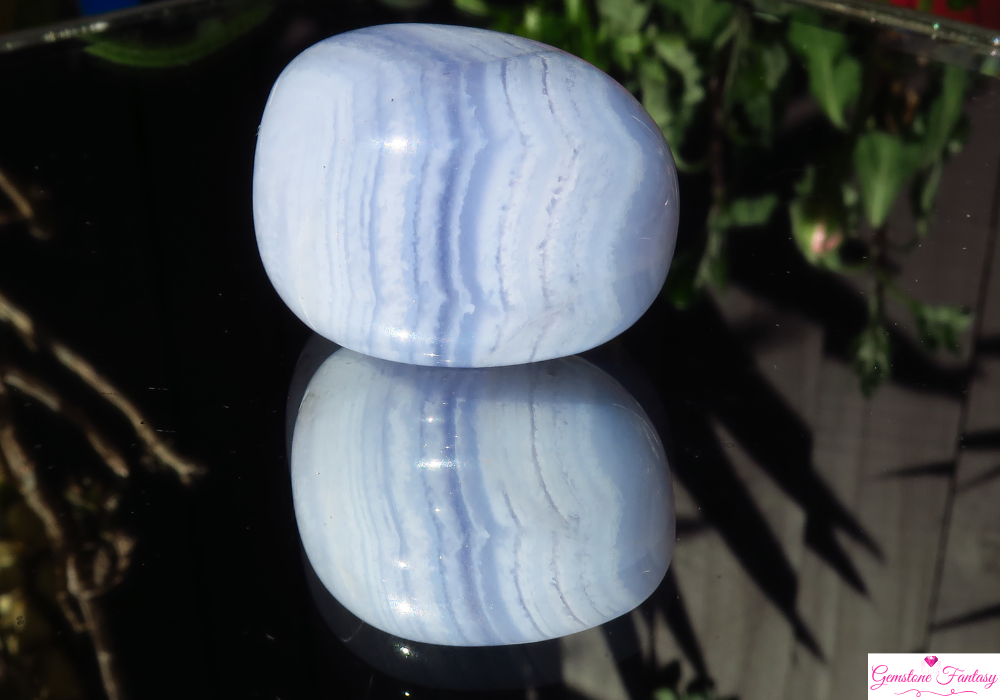Emerald, a precious gemstone belonging to the beryl family, is renowned for its vibrant green color and exceptional clarity. Valued for centuries for its beauty and rarity, emeralds have become symbols of wealth, power, and love. This exquisite gem is not only a favorite in high-end jewelry but also carries significant cultural and historical importance.
Geological Formation
Emeralds form under specific geological conditions that contribute to their striking appearance.
- Formation Process: Emeralds are formed in metamorphic rocks through a combination of hydrothermal processes and the presence of beryllium, aluminum, and chromium. These elements combine under high pressure and temperature conditions to create the gemstone.
- Chemical Composition: The chemical formula for emerald is Be₃Al₂(SiO₃)₆, indicating the presence of beryllium, which gives the stone its characteristic green hue. The inclusion of chromium and vanadium during formation enhances the color intensity.
- Primary Locations: Significant deposits of emeralds can be found in Colombia, Brazil, Zambia, and Afghanistan, with Colombia being the most famous source known for producing high-quality stones.
Varieties and Classifications
Emeralds can be classified based on their color, clarity, and geographical origin.
- Color Variations: The most prized emeralds exhibit a rich, deep green color. However, they can range from light green to bluish-green, depending on their chromium and vanadium content.
- Clarity: Like other gemstones, clarity plays a crucial role in the value of emeralds. Most natural emeralds contain inclusions, often referred to as “jardin,” which can affect their brilliance and overall appearance. Higher clarity stones command higher prices.
- Geographical Classifications: Emeralds are often classified based on their origin. Colombian emeralds are highly coveted for their color and clarity, while Zambian emeralds typically display a darker green hue.
Cultural Significance and Folklore
Emeralds have a rich history and cultural significance across various civilizations.
- Historical Use: In ancient Egypt, emeralds were considered sacred to the goddess Isis and were often buried with the dead to ensure a safe passage to the afterlife. Cleopatra was known to favor emeralds, enhancing their allure among the elite.
- Symbolism: Emeralds symbolize rebirth, love, and fertility. They are often associated with wisdom, growth, and patience, making them popular gifts for anniversaries and special occasions.
- Folklore: Folklore surrounding emeralds often highlights their protective properties. It is believed that wearing emeralds can bring good luck, enhance intuition, and protect against evil spirits.
Birthstone and Zodiac Connections
Emerald is recognized for its connections to astrology and birthstone traditions.
- Birthstone: Emerald is the official birthstone for the month of May, symbolizing love, rebirth, and prosperity.
- Zodiac Sign: Emerald is particularly linked to the zodiac signs Taurus and Gemini. It is believed to enhance the positive qualities of these signs, including creativity, harmony, and communication.
Healing and Metaphysical Properties
Emeralds are widely regarded for their potential healing and metaphysical benefits.
- Emotional Healing: Many believe that emeralds promote emotional balance and healing. They are thought to help release negative emotions, fostering a sense of peace and harmony.
- Physical Healing: In holistic healing practices, emeralds are believed to support physical health, particularly in issues related to the heart and lungs. Some practitioners use them to aid in recovery from ailments.
- Spiritual Growth: Emeralds are considered powerful stones for spiritual growth, encouraging self-awareness and emotional maturity. They are often used in meditation to enhance intuition and clarity.
Popular Uses in Jewelry and Design
Emeralds’ vivid colors and allure make them a favored choice in various jewelry and design applications.
- Earrings and Necklaces: Emeralds are commonly featured in earrings, necklaces, and pendants, adding a luxurious touch to any outfit. Their rich color contrasts beautifully with precious metals like gold and silver.
- Rings: Emerald rings, especially those set in ornate designs, are popular choices for engagement and anniversary rings, symbolizing love and commitment.
- Decorative Items: Beyond jewelry, emeralds are often used in decorative items, such as sculptures and inlays, showcasing their beauty and elegance.
How to Identify Authentic Emerald
Identifying genuine emeralds involves examining specific characteristics.
- Color and Clarity: Authentic emeralds should exhibit a rich green color, ideally with good transparency. Look for natural inclusions that enhance the stone’s character rather than diminish its value.
- Hardness: Emeralds have a Mohs hardness of 7.5 to 8, making them relatively durable. This hardness can help differentiate them from softer green stones like peridot or jade.
- Weight: Genuine emeralds are dense and heavier than many imitation stones. If a piece feels unusually light, it may not be authentic.
Tips for Caring and Storing
Proper care is essential to maintain the beauty and longevity of emerald jewelry.
- Cleaning: Clean emeralds using warm, soapy water and a soft brush. Avoid using ultrasonic cleaners or harsh chemicals, as these can damage the stone.
- Storage: Store emerald jewelry separately to prevent scratches from harder gemstones. Use a soft pouch or a lined jewelry box for protection.
- Handling: While emeralds are relatively durable, handle them with care to avoid chipping. Keep them away from extreme temperature changes and direct sunlight.
Market Trends and Pricing
The emerald market has seen notable trends influenced by fashion and consumer demand.
- Pricing: Prices for emeralds can vary significantly based on color, clarity, and size. High-quality emeralds can range from $500 to $10,000 per carat, depending on the specific type and market demand.
- Market Trends: The popularity of emeralds has remained strong, particularly due to their historical significance and association with luxury. Consumers increasingly seek ethically sourced and high-quality gemstones, influencing pricing trends.
Final Thoughts
Emeralds are more than just beautiful gemstones; they embody love, rebirth, and prosperity. Their rich history, cultural significance, and stunning appearance make them a cherished choice among jewelry enthusiasts and collectors alike. Whether appreciated for their aesthetic allure, emotional benefits, or symbolic meanings, emeralds continue to captivate and inspire those who recognize their unique charm and value.

















